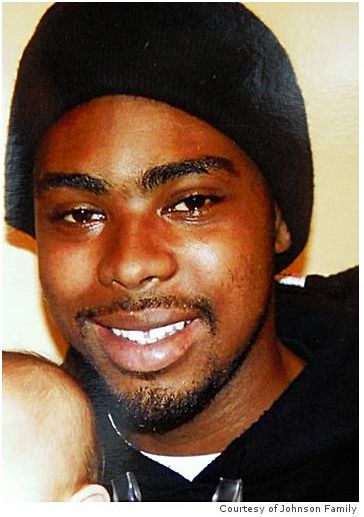Interview by Clara Martin. Special to the Clarion-Ledger Sunday print edition (July 8)
 In Smack Dab in the Middle of Maybe, you’ll find a ghost town in the middle of the woods in South Mississippi, a girl named Cricket, a cricket named Charlene, and a poetry-loving dog. They’ve got eleven days to find a mysterious room painted with birds, and thirteen clues will lead them there. Combine the Mississippi Wild, a Walter Anderson art mystery, and a young girl who is taking a chance on herself, and you have Smack Dab in the Middle of Maybe, great for kids (and adults!) ages 8 and up. You’ll laugh, maybe cry, and have a lot of fun reading this book. In an interview with author Jo Hackl, she talks about her inspiration for this story, and what it means to be a writer for children, writing about a place like Mississippi.
In Smack Dab in the Middle of Maybe, you’ll find a ghost town in the middle of the woods in South Mississippi, a girl named Cricket, a cricket named Charlene, and a poetry-loving dog. They’ve got eleven days to find a mysterious room painted with birds, and thirteen clues will lead them there. Combine the Mississippi Wild, a Walter Anderson art mystery, and a young girl who is taking a chance on herself, and you have Smack Dab in the Middle of Maybe, great for kids (and adults!) ages 8 and up. You’ll laugh, maybe cry, and have a lot of fun reading this book. In an interview with author Jo Hackl, she talks about her inspiration for this story, and what it means to be a writer for children, writing about a place like Mississippi.
Where are you from, and where do you live now?
I was born on Keesler Air Force base in Biloxi and moved to the real-life ghost town of Electric Mills when I was eleven. I now live in Greenville, South Carolina, but still have deep ties to Mississippi. Most of my extended family lives in the state and I get back whenever I can.
Do you do anything else besides writing books for young readers?

Jo Watson Hackl
My husband and I have three children who keep us very busy. I also practice corporate law (part-time), operate outdoorosity.org, a free resource about nature, and volunteer in the community. I’m working with a local school to develop a cross-curricular plan of instruction to use Smack Dab in the Middle of Maybe to teach art, creative writing, geography, math, literature, science and social studies and to help the school incorporate nature into the school day. Together we’re building a flower fort, just like the one in the book, that will be used as a reading space.
In your own words, what is Smack Dab in the Middle of Maybe about?
Smack Dab in the Middle of Maybe is about learning to take chances on yourself. The story takes readers on an adventure with 12-year-old Cricket and her companion, a field cricket named Charlene, through an overgrown ghost town in Electric City, Mississippi, to solve a thirty-year-old clue trail in search of a secret room that may or may not exist, all to try to win back Cricket’s run-away mother.
Cricket must use her wits and just a smidgen of luck to live off the land in a Mississippi winter, survive sleet storm and snake-bite, and work to solve an increasingly baffling clue trail left by an eccentric artist with a logic all his own. Along the way, Cricket meets the reclusive last resident of the ghost town, enlists the help of a poetry-loving dog, and takes up a touch of grave-robbing. These experiences awaken Cricket to the possibility of finding strength in the most unlikely of places—within herself.
“The woods smelled like a hundred and fifty years of dark. A goose-bumpy ghost-town kind of dark.” This is Electric City, Mississippi. An abandoned electric lumber mill town, where honeysuckle vines grow around pillars that used to prop up houses, and weeds push through a sidewalk, left right in the middle of the woods, and it is where Cricket makes her makeshift home while she searches for her Mama.
You actually lived in Electric Mills, Mississippi, the inspiration for Electric City. Can you talk about what it was like to grow up in a place that was neither here nor there? A ghost town, of sorts?
Growing up in a ghost town made every day interesting. The real town still has a few houses, but I made the fictional town empty to make it better fit the story. Growing up, I loved exploring the woods, walking the old sidewalks, and searching for signs of the people who used to live there. Many of the things that people had planted in their yards–rose bushes and daylilies and privet bushes–still were there, even though the houses were missing, and I tried to imagine the houses that had once stood where toppled-over pillars and thick thorny rose vines now reigned.
Can you tell our readers what a doogaloo is?
A doogaloo is a coin that the mill used to pay its workers. I am happy to say that I have a real doogaloo from the original town and I kept it propped on my desk for inspiration as I was writing the book.
Explain how the presence of art, nature, and the creative process are intertwined in your book. Cricket says, “And if you’re going to last any time out in the woods, you’d better get comfortable with whoever it is you are.” What is your own creative writing process? How did you start writing Cricket’s story?
I absolutely believe that art, nature, and the creative process nourish each other. Writing the book, I surrounded myself with art of all kinds, visited galleries and museums, and talked to visual artists. I also spent a lot of time in nature and my home office overlooks our woods so that I can be close to nature even when I’m inside. I started writing Cricket’s story in my head back when I was a child exploring the woods. As I grew older, I knew I wanted to write and I knew I wanted to set the story in the ghost town. In a lot of ways, Cricket’s advice about the need to get comfortable with whoever it is you are applies to my writing process. I had to learn to take chances, to try things that might not work, and to write the scenes I was more than a little scared to write. I brought my whole self to the process, vulnerabilities, quirks and all, and tried to create an experience that would draw readers into Cricket’s world and make them feel like they were right there with her.
Cricket is in search of her mother by way of a “Bird Room,” and clues that lead Cricket closer to this mysterious room painted with all kinds of birds, trees, and flowers, painted by a man named “Bob.”
Please explain why you decided to use Walter Anderson and his “Little Room,” as inspiration? Do you have a favorite Walter Anderson painting? If so, please share!
I am a life-long fan of Walter Anderson’s work. He drew from direct observation of nature and his quick, efficient line-work captured the essence of whatever he was drawing or painting. As Cricket says about the fictional artist “Bob” in the book, “some pictures weren’t much more than thin pencil strokes. But they showed more than I could ever say in a lifetime about a raccoon or a dragonfly or a duck.” My favorite Walter Anderson piece is the “Little Room,” where he captured the beauty of a day on the Mississippi Gulf Coast. Walter Anderson used the light from the windows to illuminate the paintings, beginning with sandhill cranes and a rooster at dawn, as the sun moved throughout the day. This was the inspiration for the “Bird Room” in my book.
Of course, writing about serious subjects doesn’t mean there cannot be humor! I loved the moments of comedy in your book, particularly the opening scene in Thelma’s. What was one of your favorite scenes to write?
Great question! One of my favorite scenes to write was at the end when, without giving anything away, Cricket finds herself in the middle of Aunt Belinda’s trailer with Aunt Belinda and her suffocating hairspray and hidden tattoo. The pastor and the entire and the whole youth group are there as Aunt Belinda tries to hide the fact that she accidentally left Cricket in Thelma’s Cash ‘n’ Carry even though she told the whole town that she suspected foul play. Let’s just say that Charlene, the cricket, plays a leading role in adding some humor to the situation.
As a writer from Mississippi, what does it mean to write about the South, the place you grew up, and incorporate art, nature and family? Why do you think young readers will enjoy Cricket’s story?
I think that Mississippians have a unique sense of connection to place. The land where I grew up is a part of me, and I wanted to share that with readers. I also wanted to combine art, nature and the importance of family, no matter who your family is. Young readers have told me that they’ve enjoyed being part of Cricket’s world, experiencing the woods, exploring the ghost town, and using their wits to solve the clue trail. One of the great things about being a writer is that, if you can figure out a way to work a really cool thing that interests you into the book, you can do it. Without giving away the clue trail, I worked a lot of really cool things that interested me into the book and I hope that readers enjoy solving the trail as much as I enjoyed creating it.
Jo Watson Hackl will be at Lemuria on Thursday, July 12, to sign and read from Smack Dab in the Middle of Maybe. Smack Dab in the Middle of Maybe is Lemuria’s July 2018 middle grade selection for our First Editions Club for Young Readers.


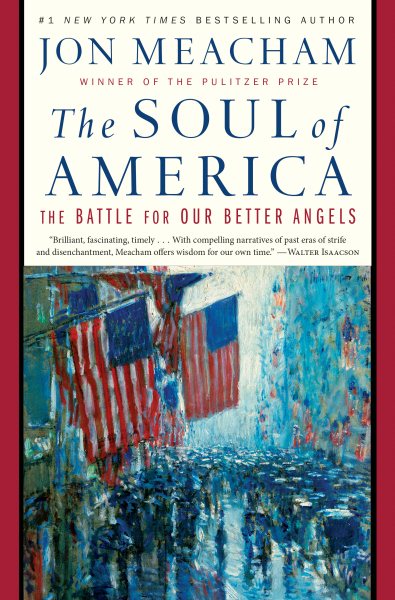 In
In 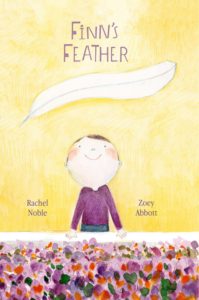
 Where are you from, Rachel, and what is your background in relation to writing children’s books?
Where are you from, Rachel, and what is your background in relation to writing children’s books?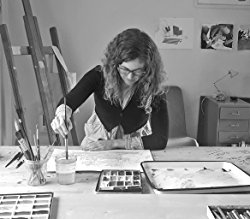 Where are you from, Zoey, and what is your background in relation to illustrating children’s books?
Where are you from, Zoey, and what is your background in relation to illustrating children’s books?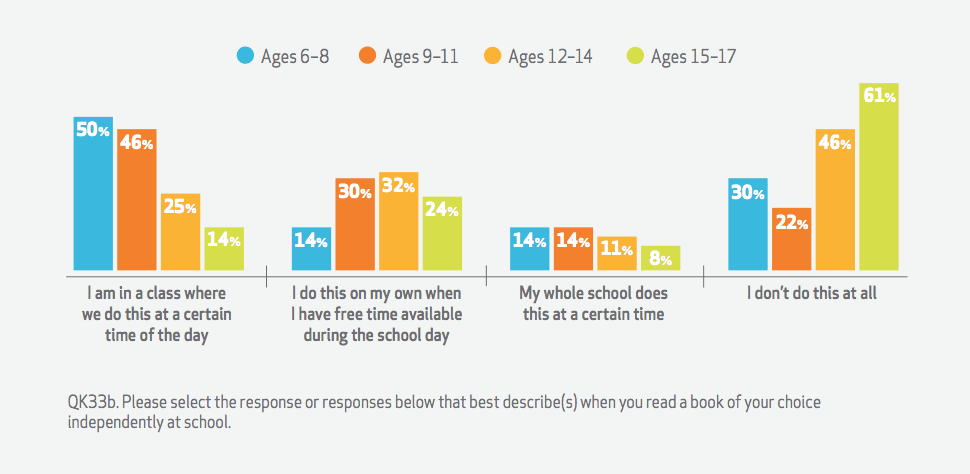
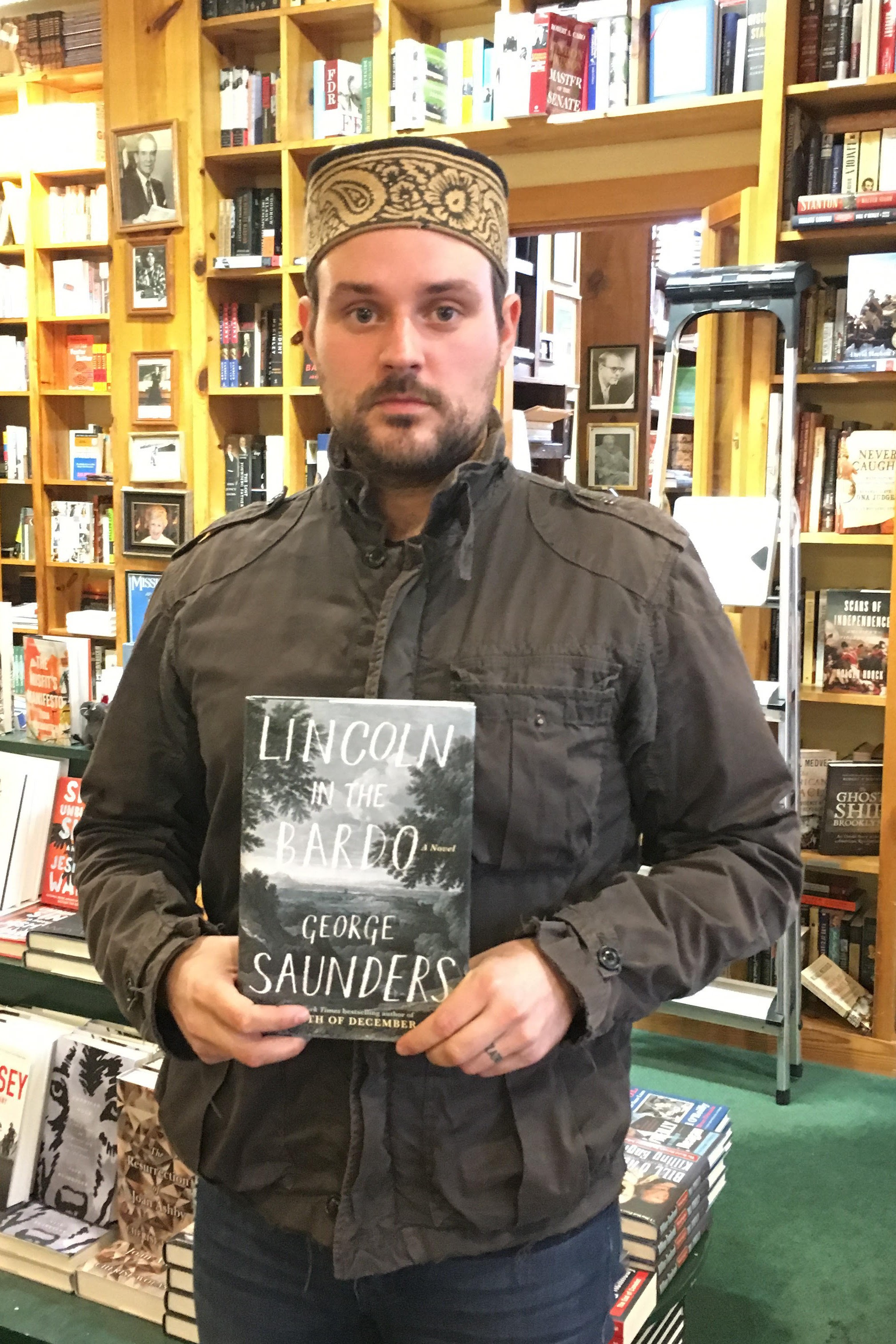 It was with wonder and awe that I read
It was with wonder and awe that I read 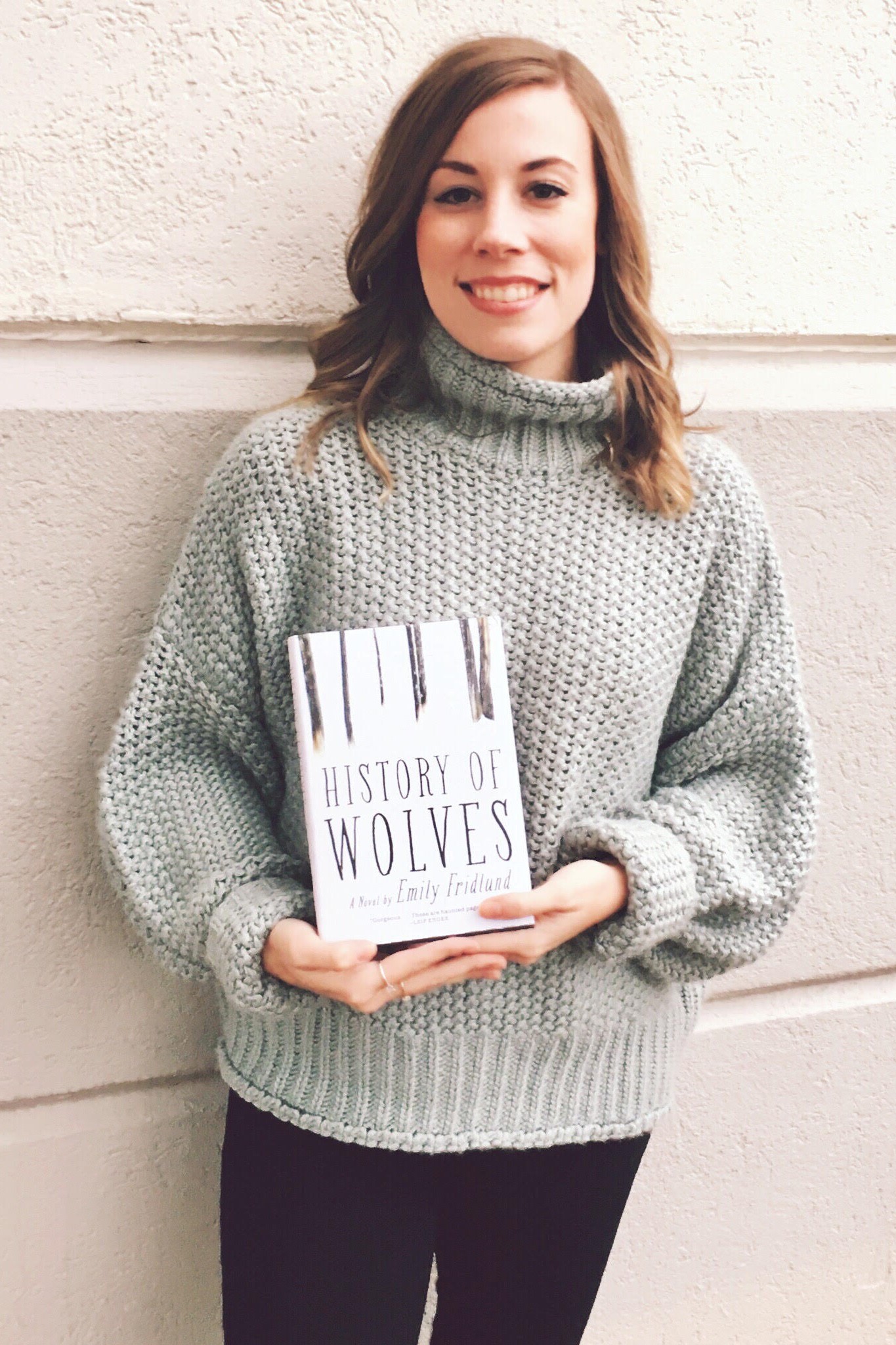 From the very beginning of
From the very beginning of 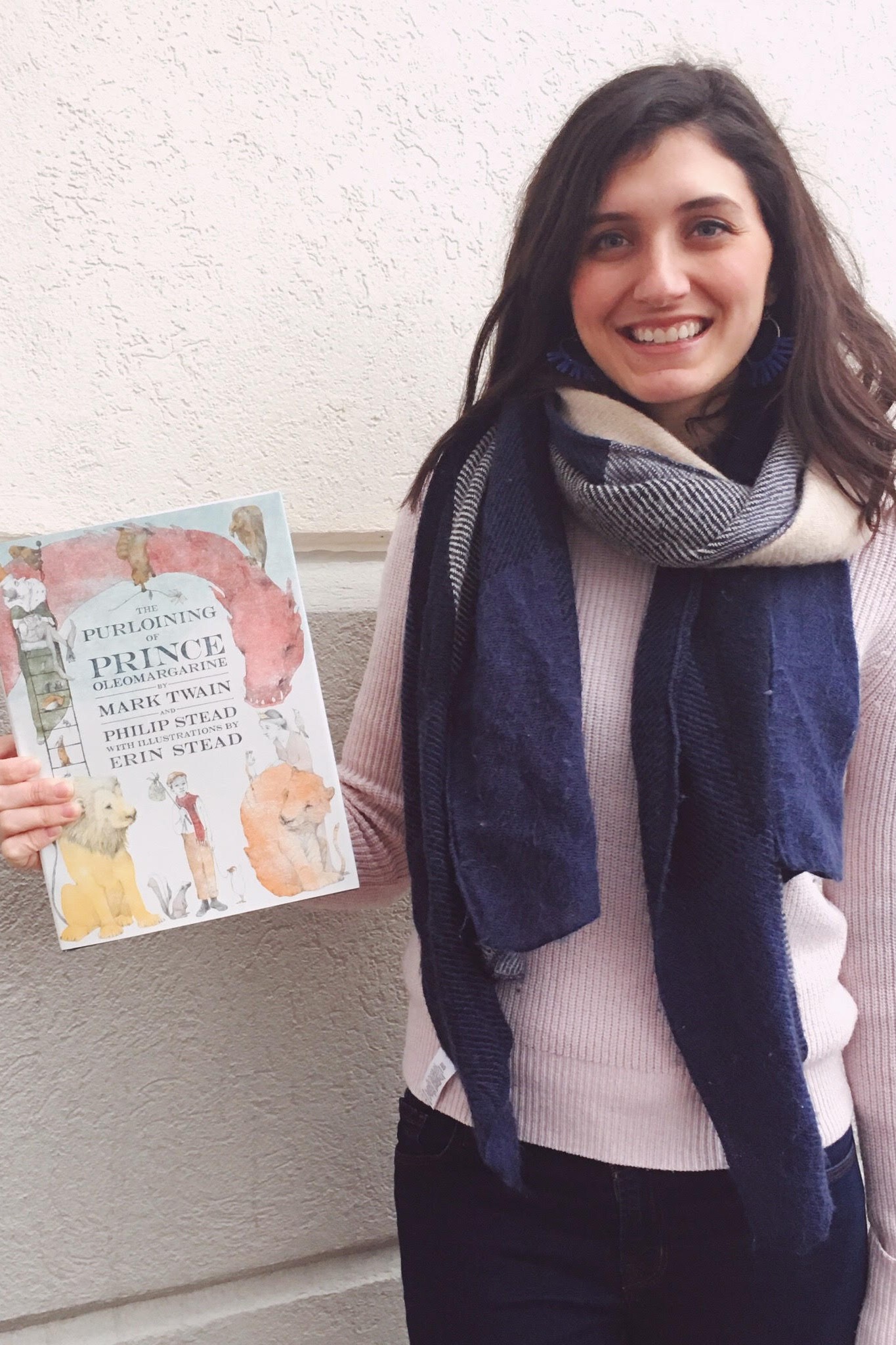 Why is
Why is 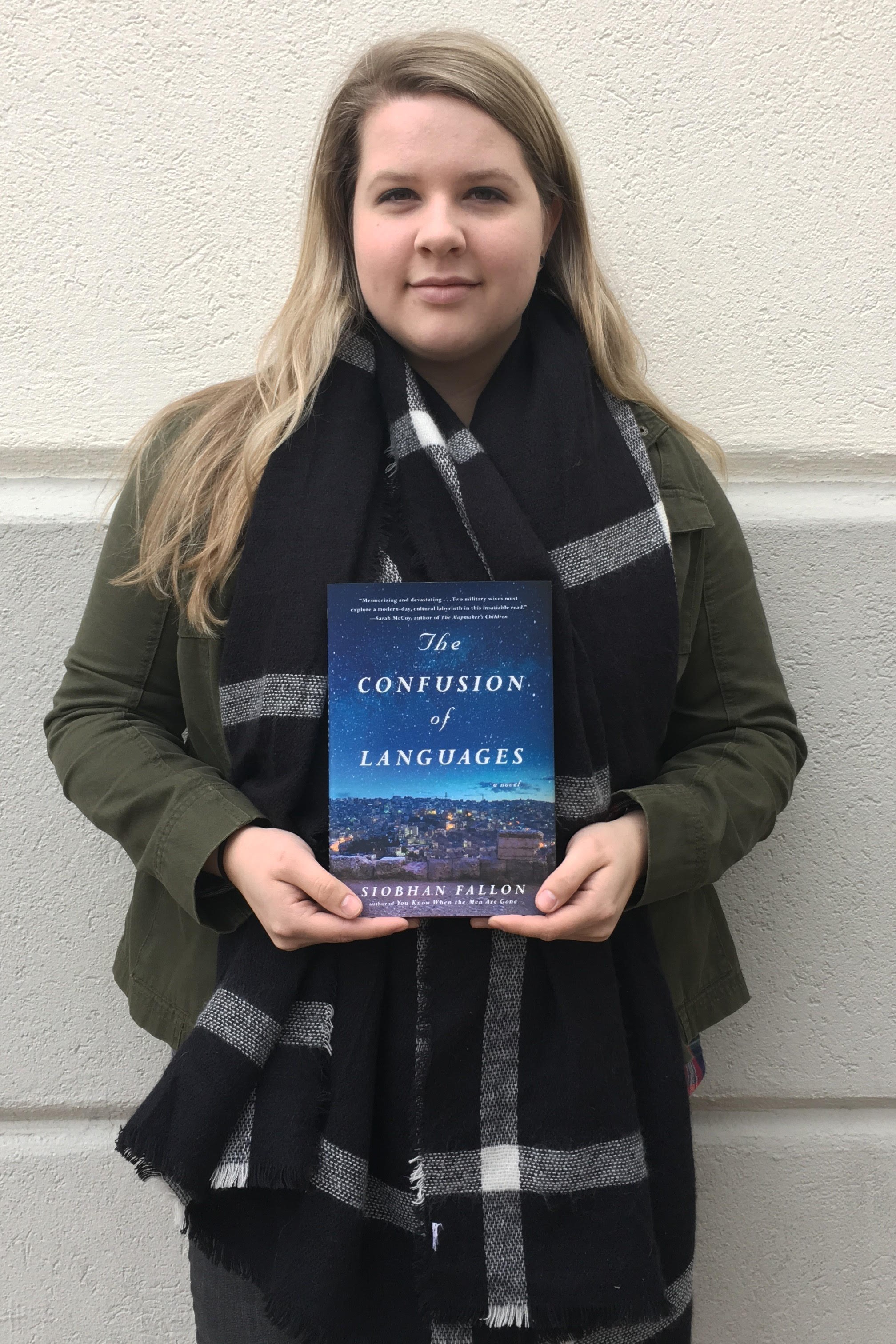
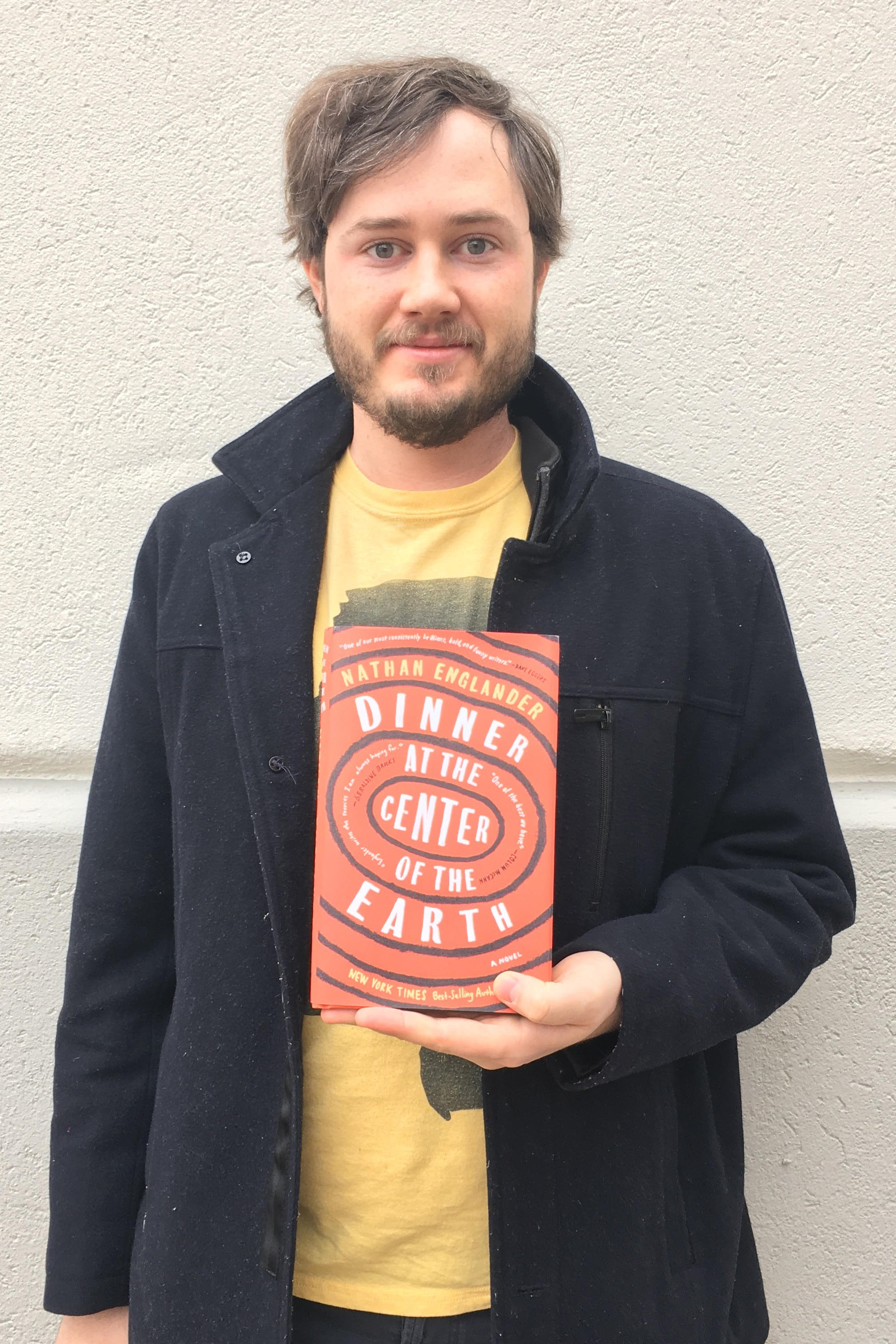 Dinner at the Center of the Earth
Dinner at the Center of the Earth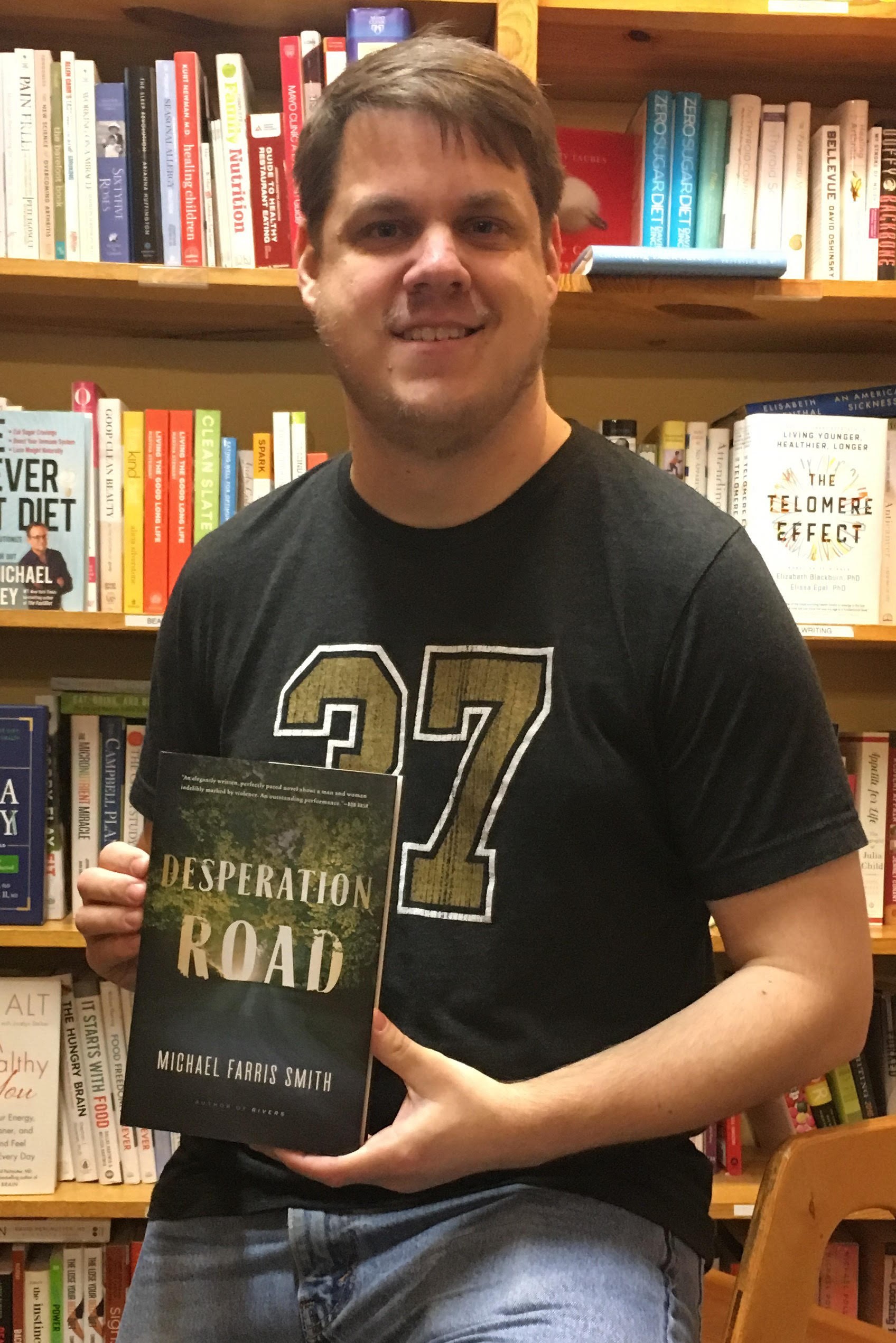 Desperation Road
Desperation Road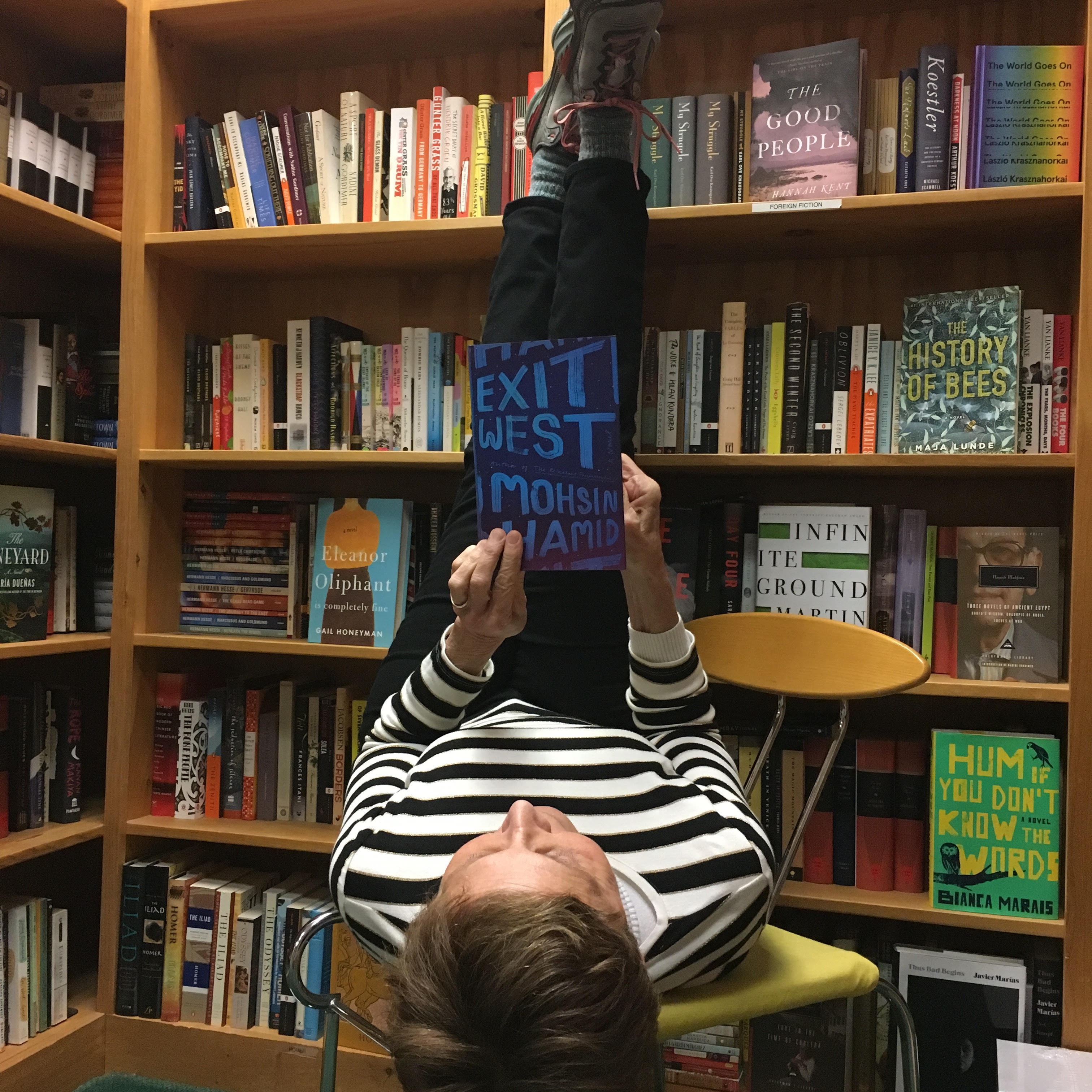 Exit West
Exit West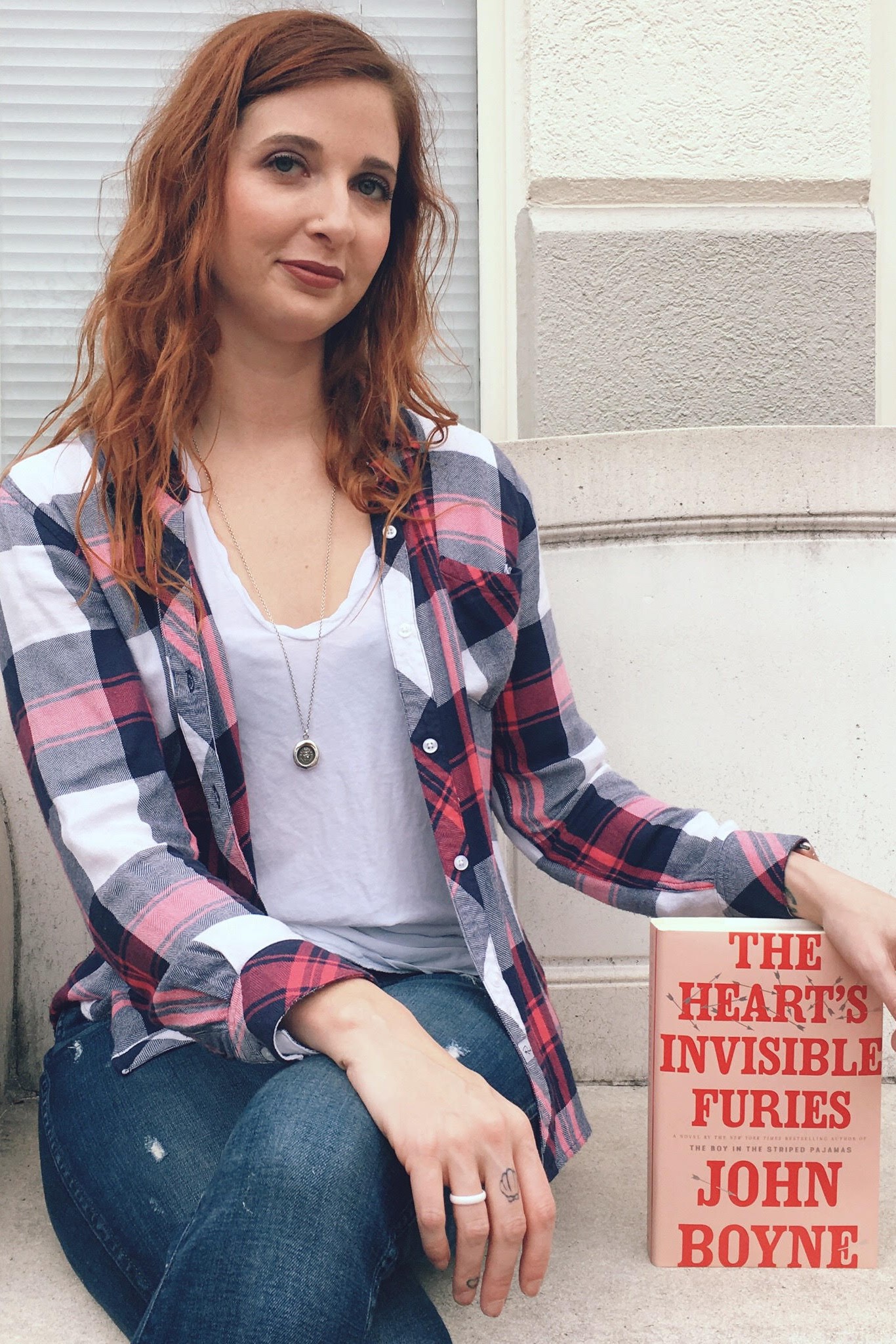 The Heart’s Invisible Furies
The Heart’s Invisible Furies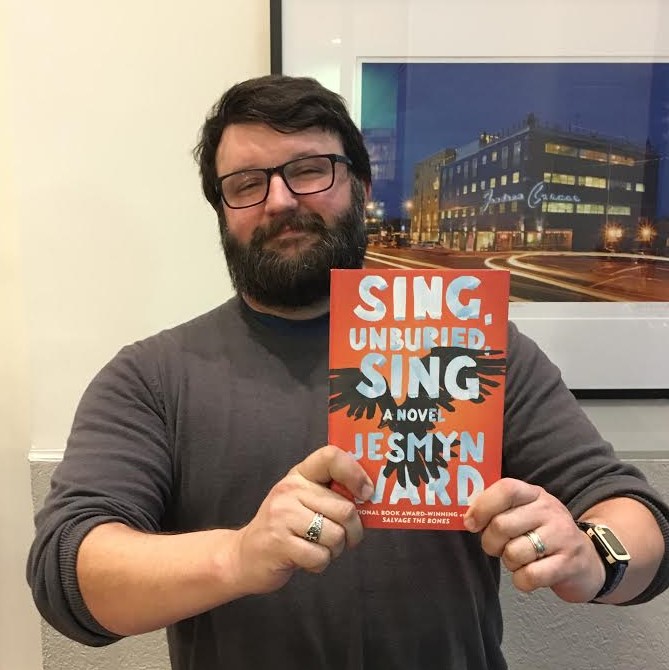
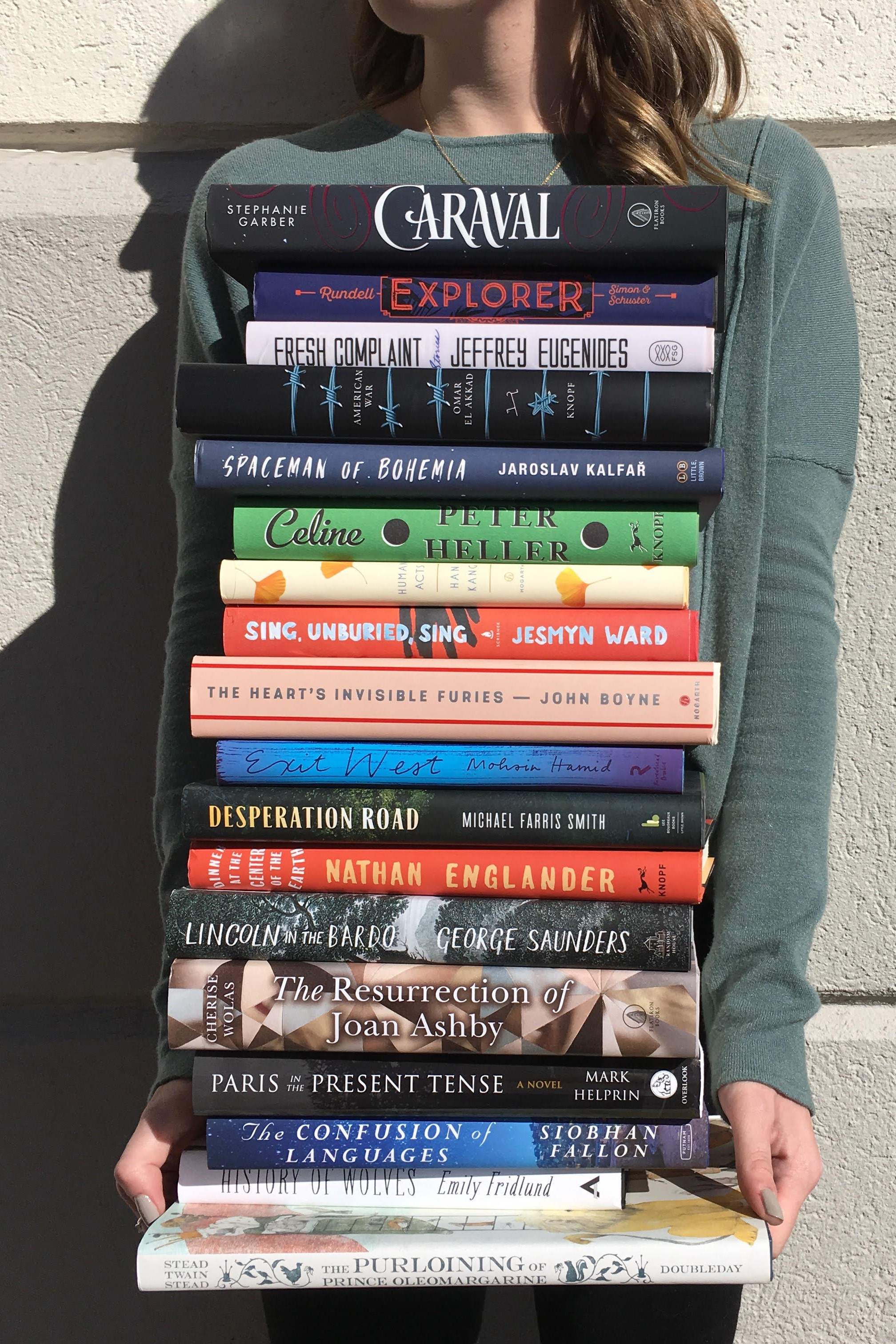
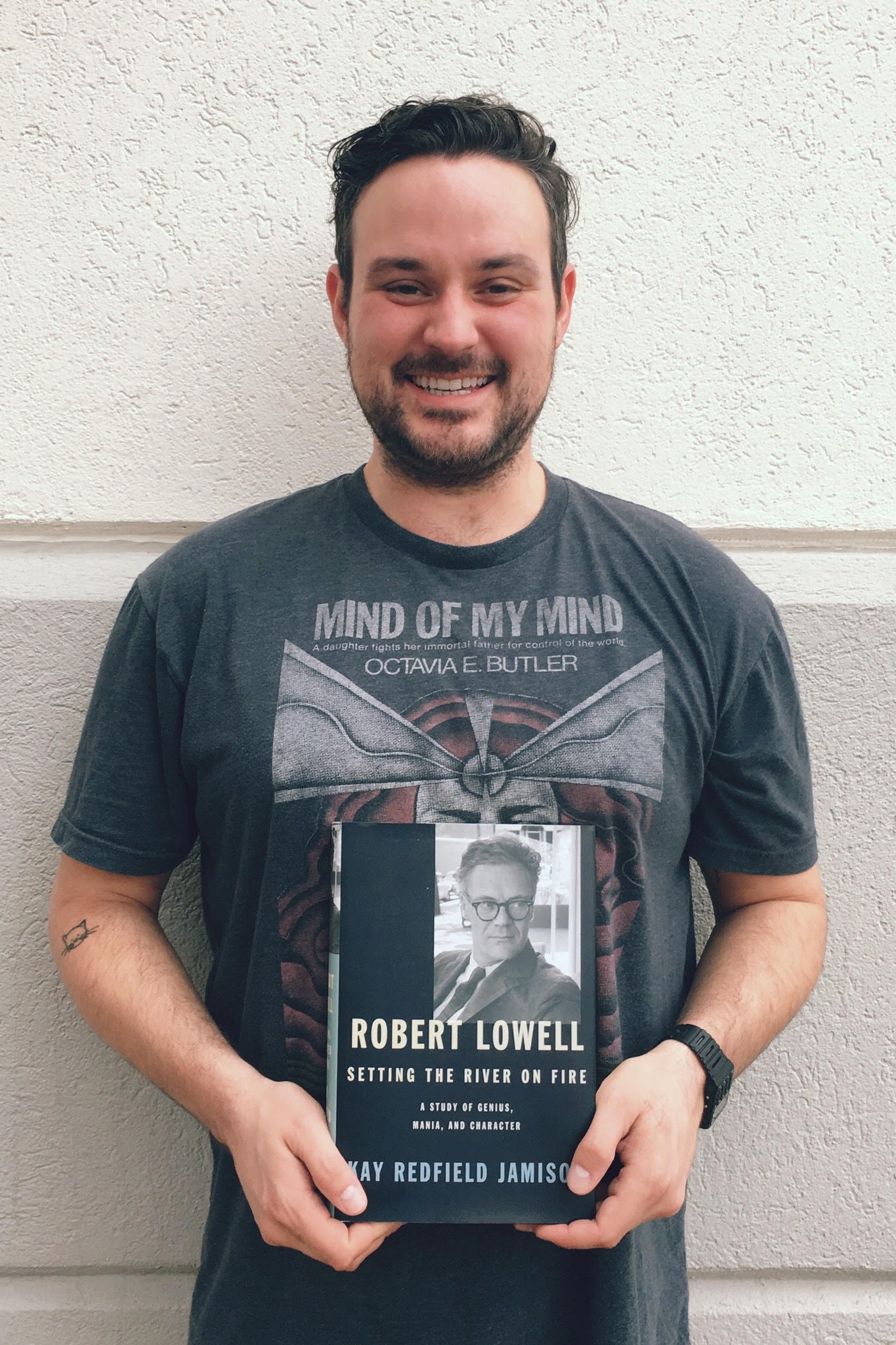 Kay Redfield Jamison’s latest book is both biography and ‘psychological account’ of the famed poet Robert Lowell’s life and his madness. It’s a terrible joy to read this book. Lowell suffered from manic-depression. Jamison, herself a psychiatrist and fellow sufferer, has intimate knowledge of his illness, which makes for an acutely insightful study. Caring, engrossing, embalming.
Kay Redfield Jamison’s latest book is both biography and ‘psychological account’ of the famed poet Robert Lowell’s life and his madness. It’s a terrible joy to read this book. Lowell suffered from manic-depression. Jamison, herself a psychiatrist and fellow sufferer, has intimate knowledge of his illness, which makes for an acutely insightful study. Caring, engrossing, embalming.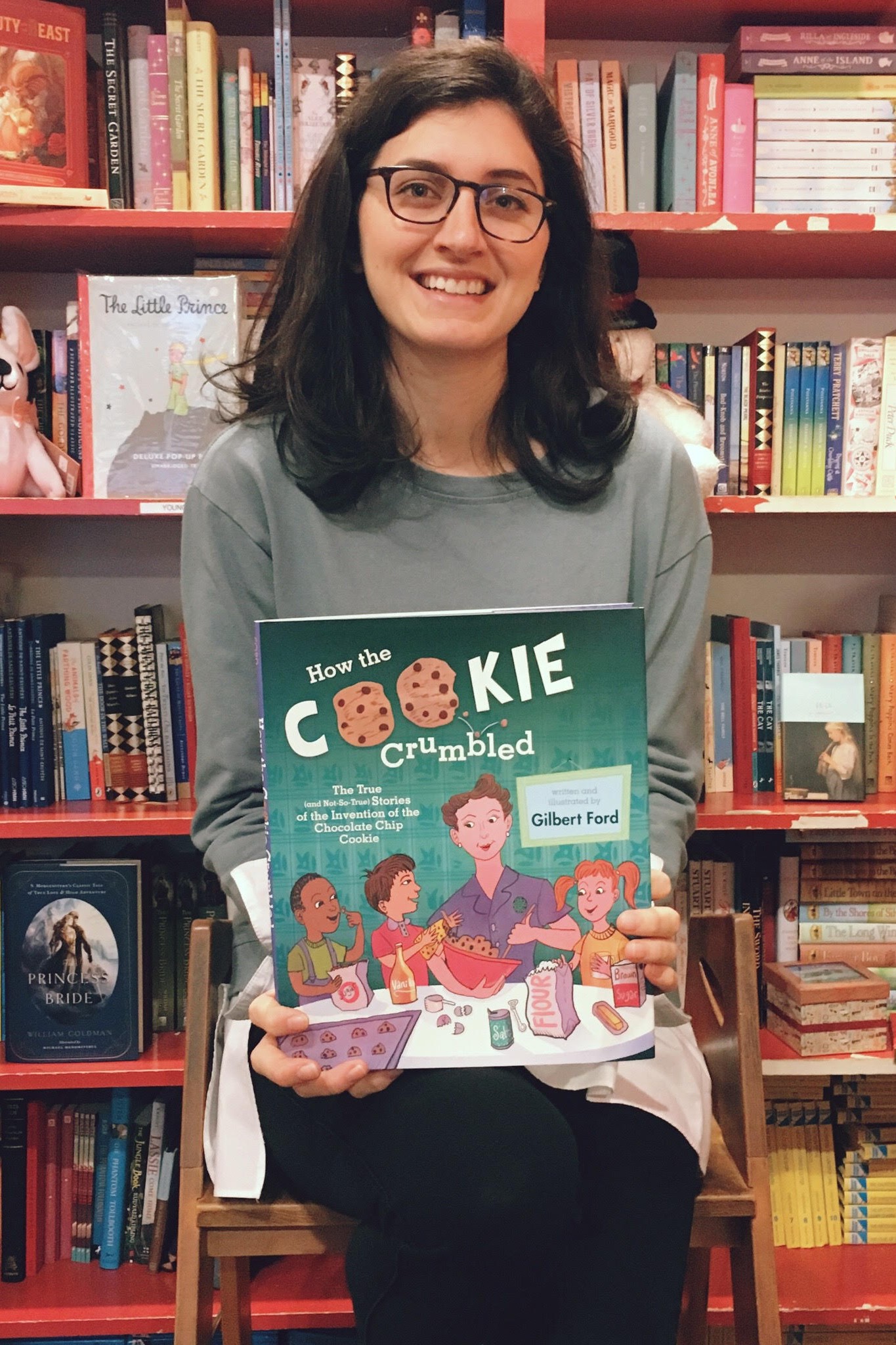 My favorite non-fiction book this year is
My favorite non-fiction book this year is 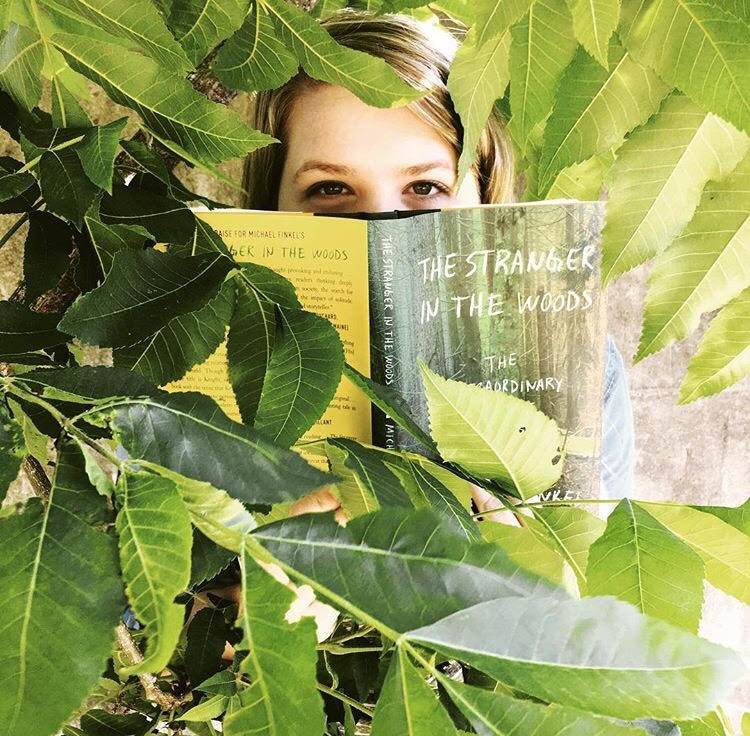 The Stranger in the Woods
The Stranger in the Woods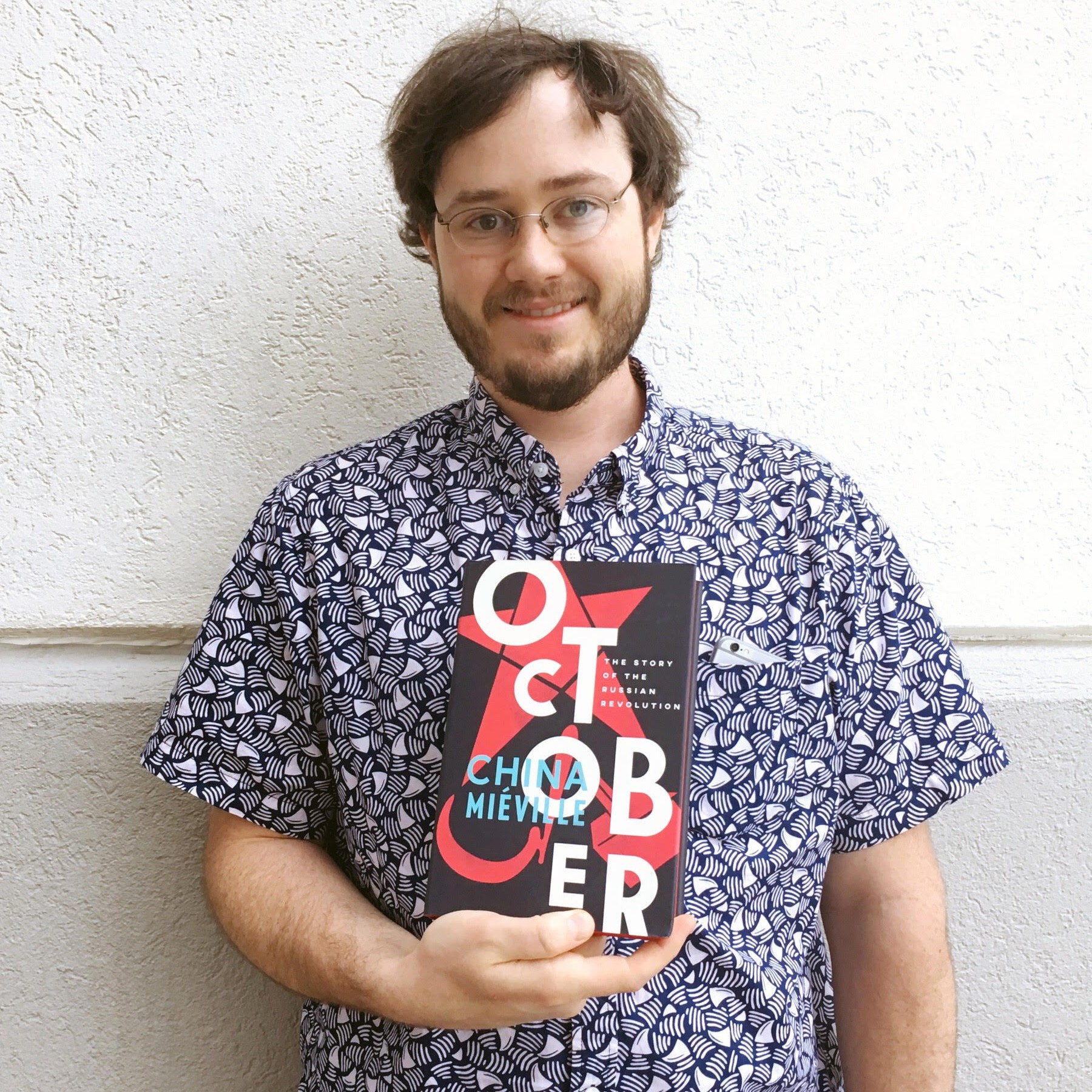
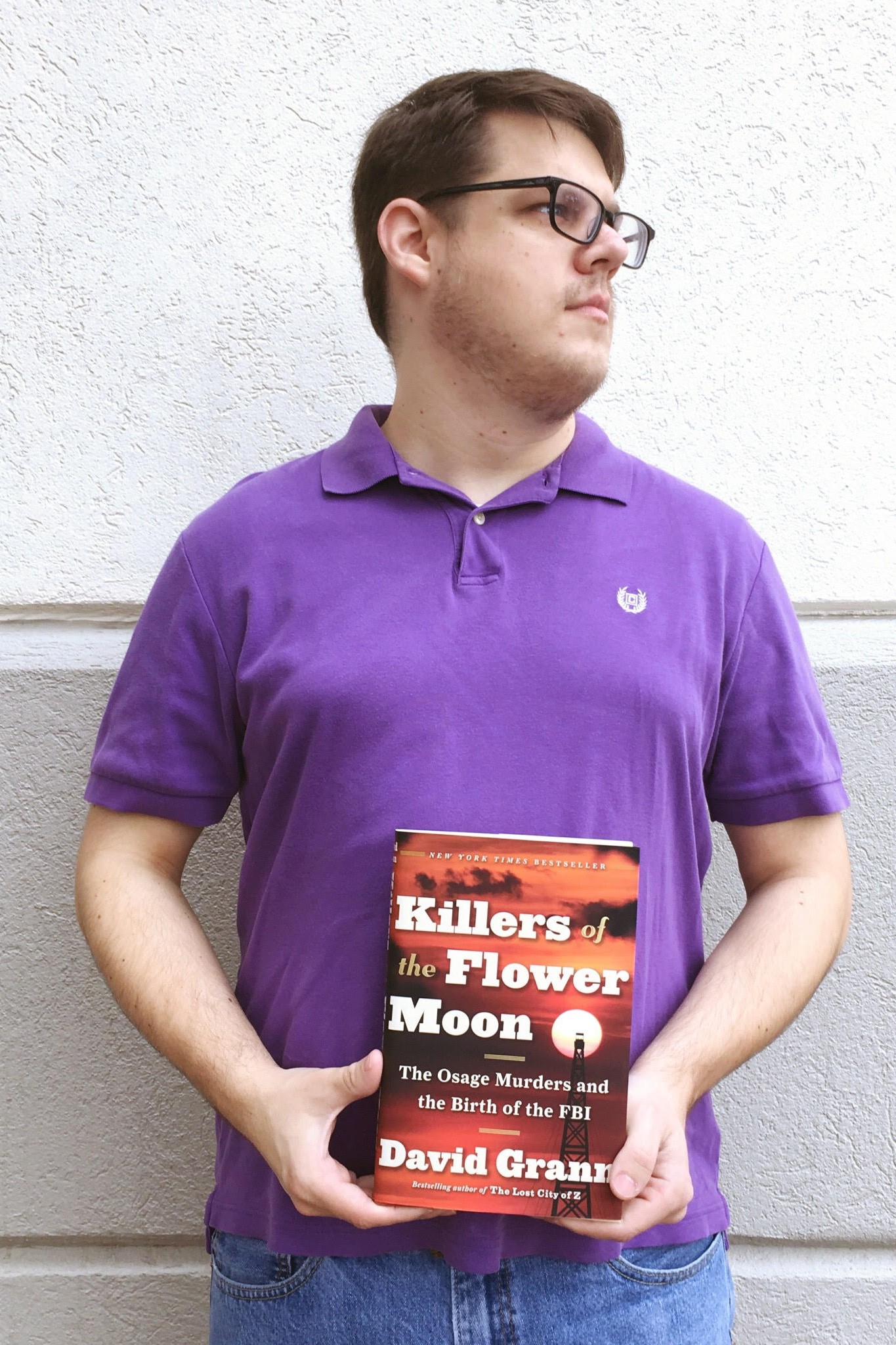 Killers of the Flower Moon
Killers of the Flower Moon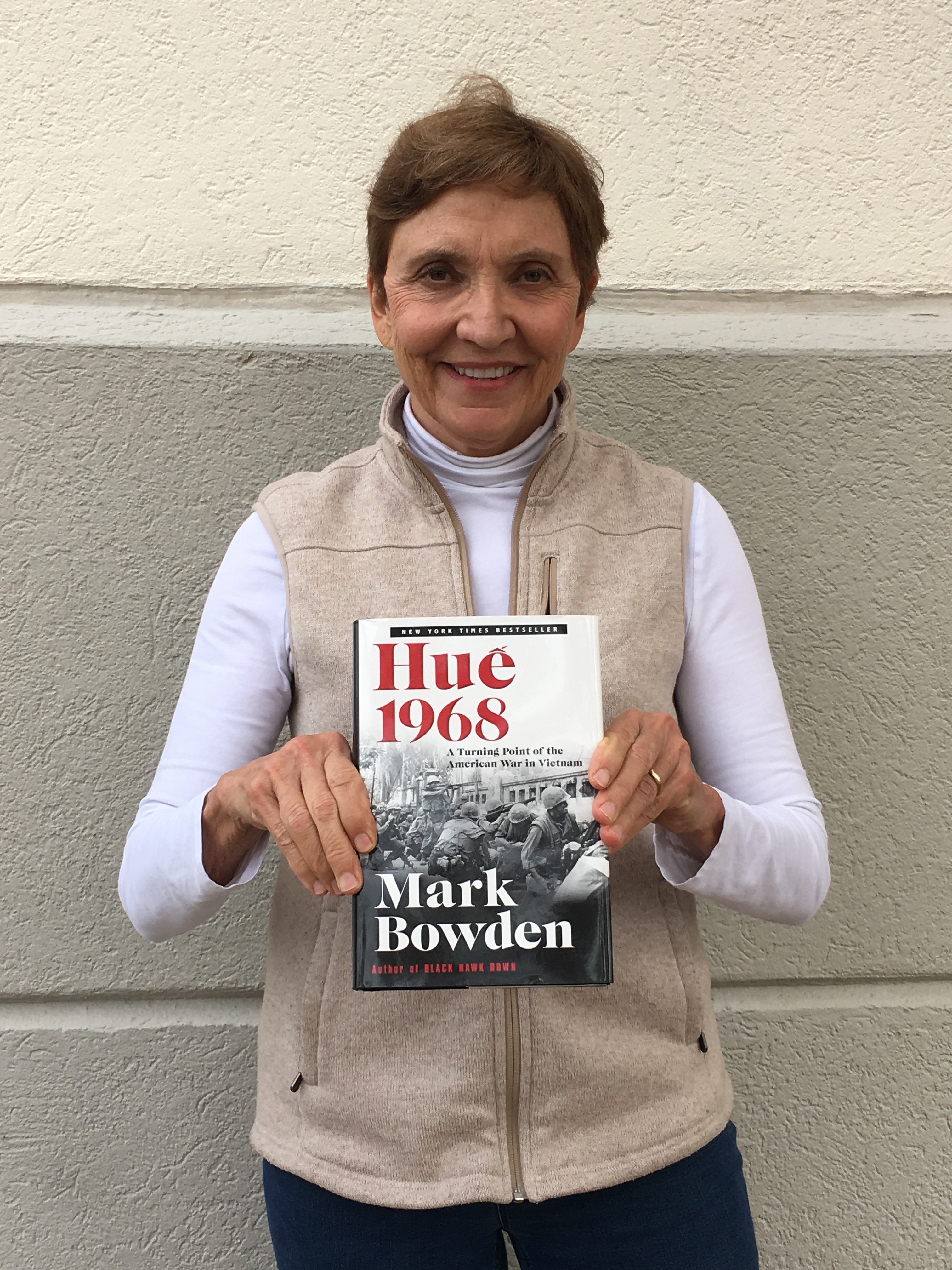 Hue 1968
Hue 1968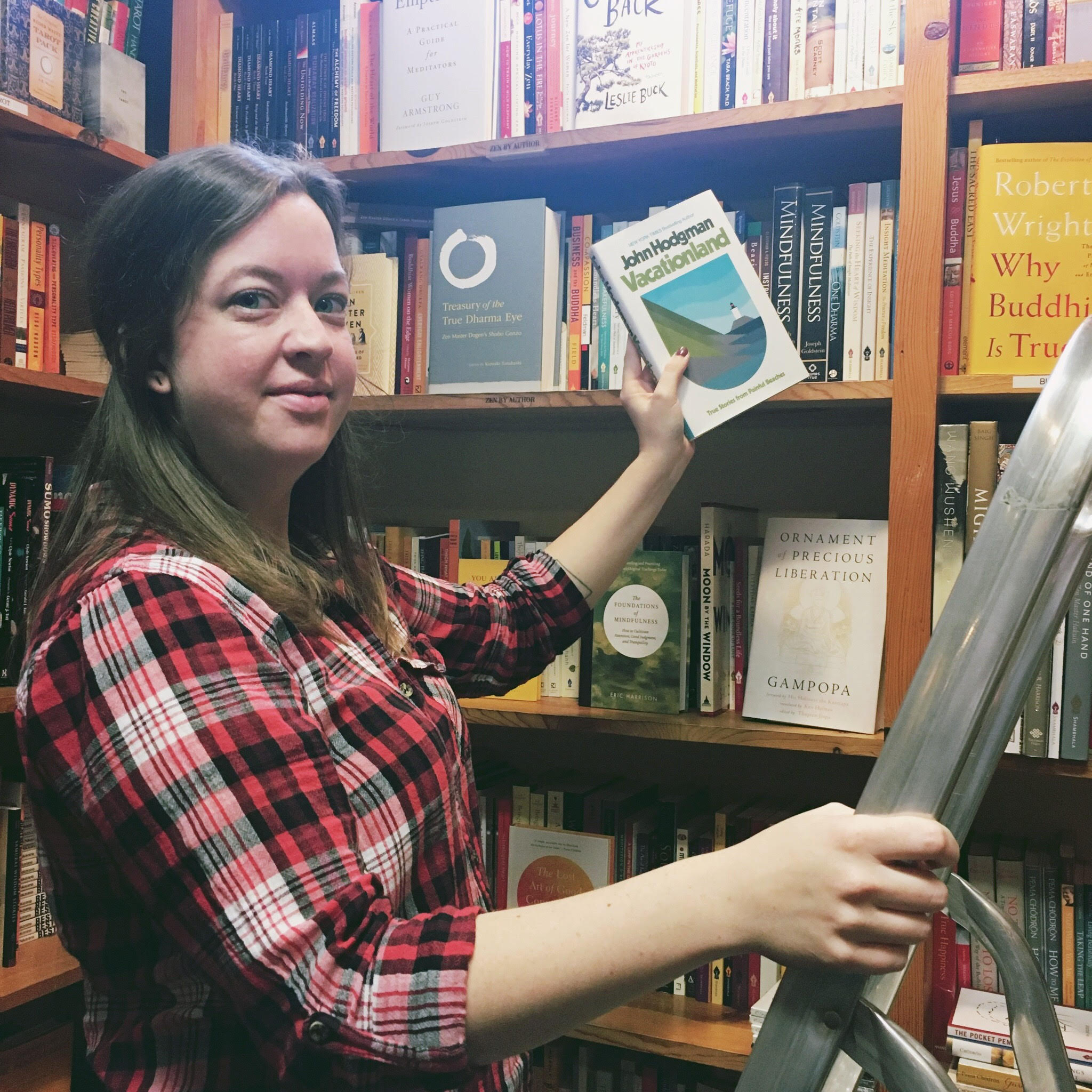
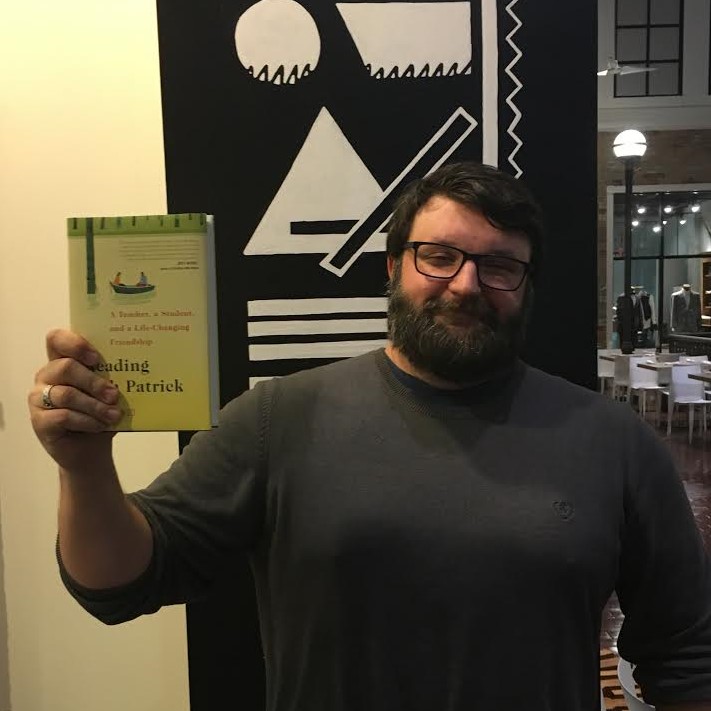 The author’s honesty about education policy, pedagogy, race, privilege, and poverty is thorough. Kou’s devotion, her calling, to her students is palpable and inspiring. A lovely read.
The author’s honesty about education policy, pedagogy, race, privilege, and poverty is thorough. Kou’s devotion, her calling, to her students is palpable and inspiring. A lovely read.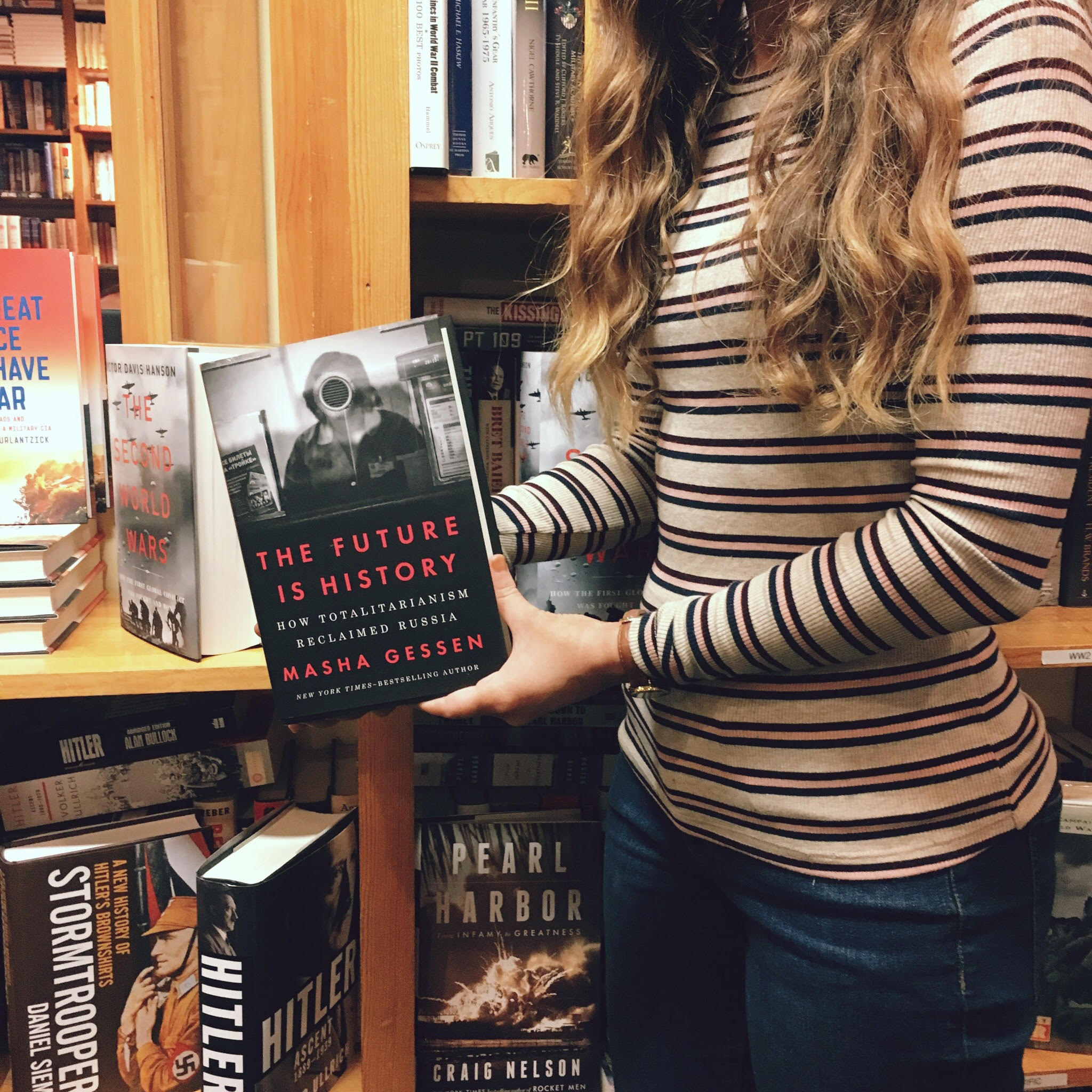 The Future is History
The Future is History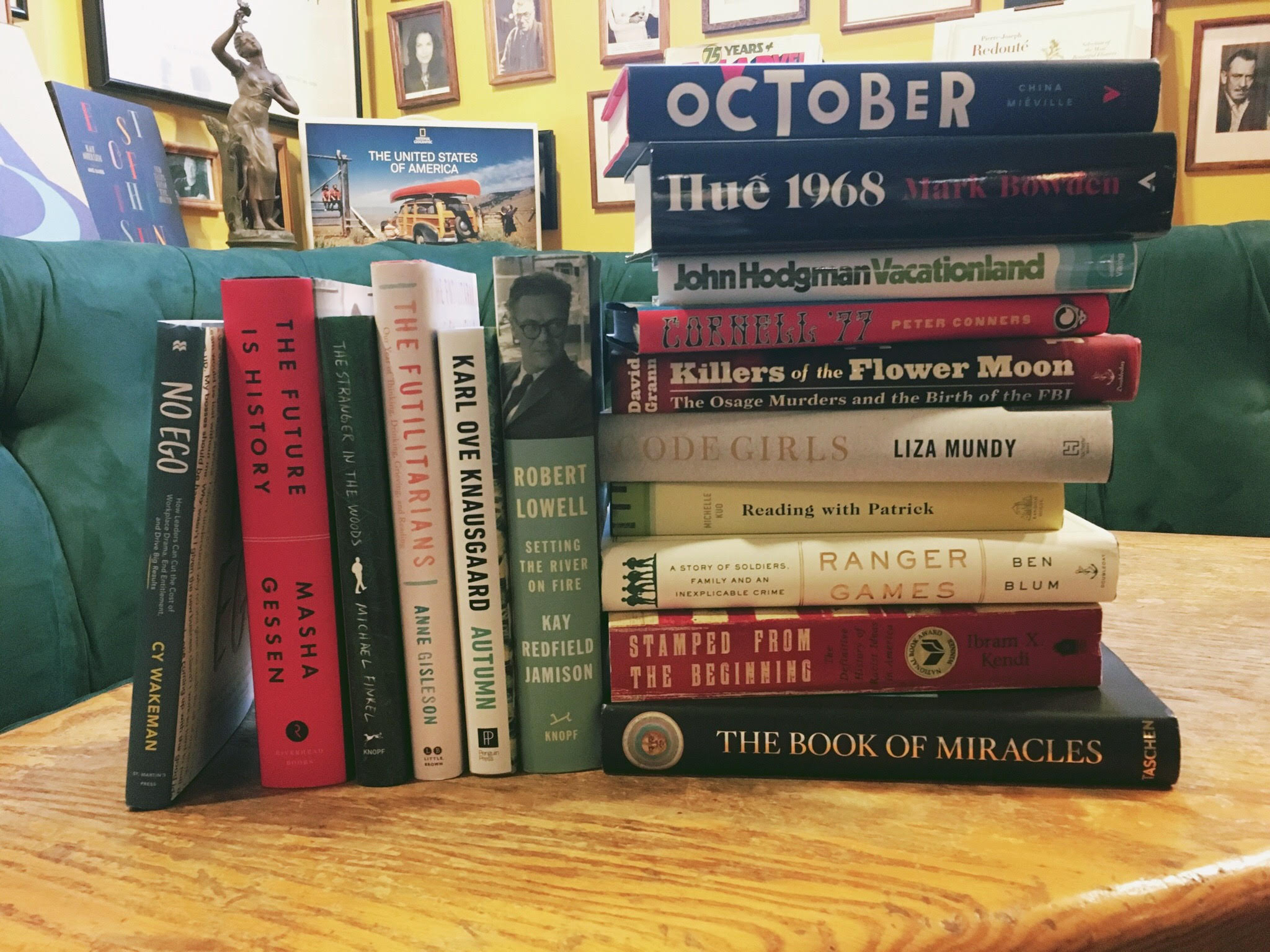
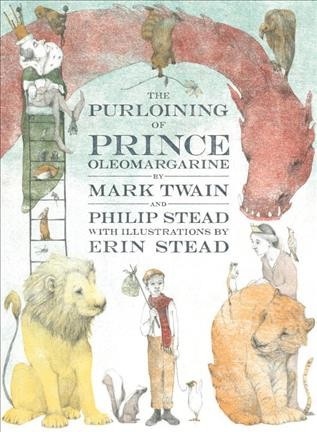
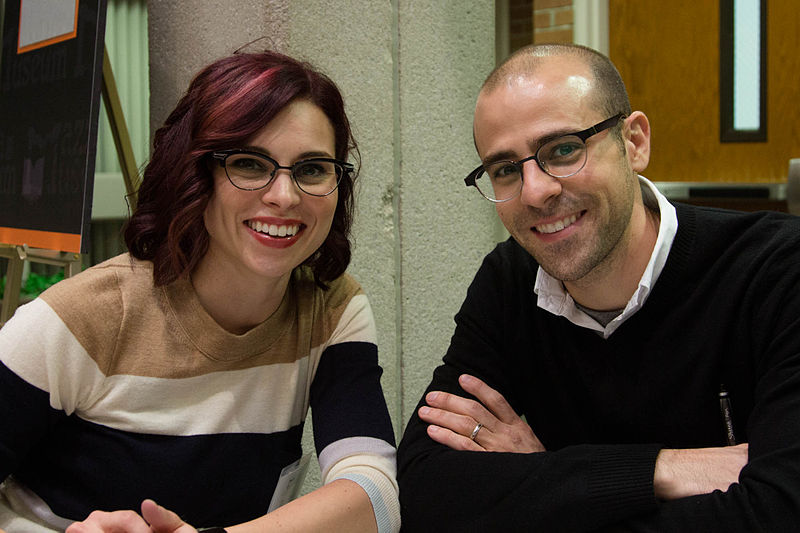
 Their creator, Rosemary Wells, has been writing and illustrating books for over 45 years. She began working in publishing as a book designer for seven years. All through her writing and illustrating career, from her picture books to her young adult novels, Rosemary Wells advocates for children’s literacy wherever she goes. Born in New York City and raised in rural New Jersey, she now resides in Connecticut.
Their creator, Rosemary Wells, has been writing and illustrating books for over 45 years. She began working in publishing as a book designer for seven years. All through her writing and illustrating career, from her picture books to her young adult novels, Rosemary Wells advocates for children’s literacy wherever she goes. Born in New York City and raised in rural New Jersey, she now resides in Connecticut.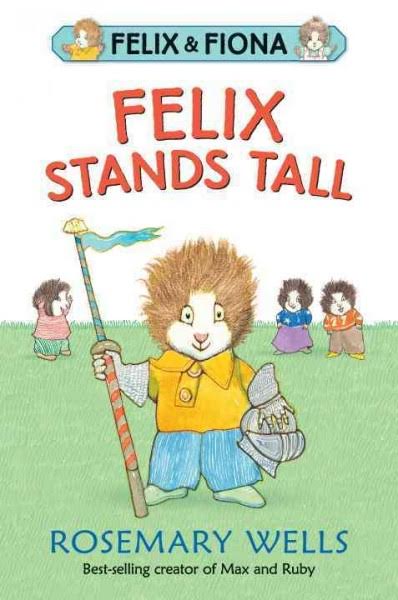 My equally favorite character is Yoko. My next book is another Felix and Fiona melodrama friendship book from Candlewick. And next year, I have a book from Macmillan that introduces new characters, Kit and Kaboodle, twin pussycats and their little nemesis, Spinka, the mouse.
My equally favorite character is Yoko. My next book is another Felix and Fiona melodrama friendship book from Candlewick. And next year, I have a book from Macmillan that introduces new characters, Kit and Kaboodle, twin pussycats and their little nemesis, Spinka, the mouse.
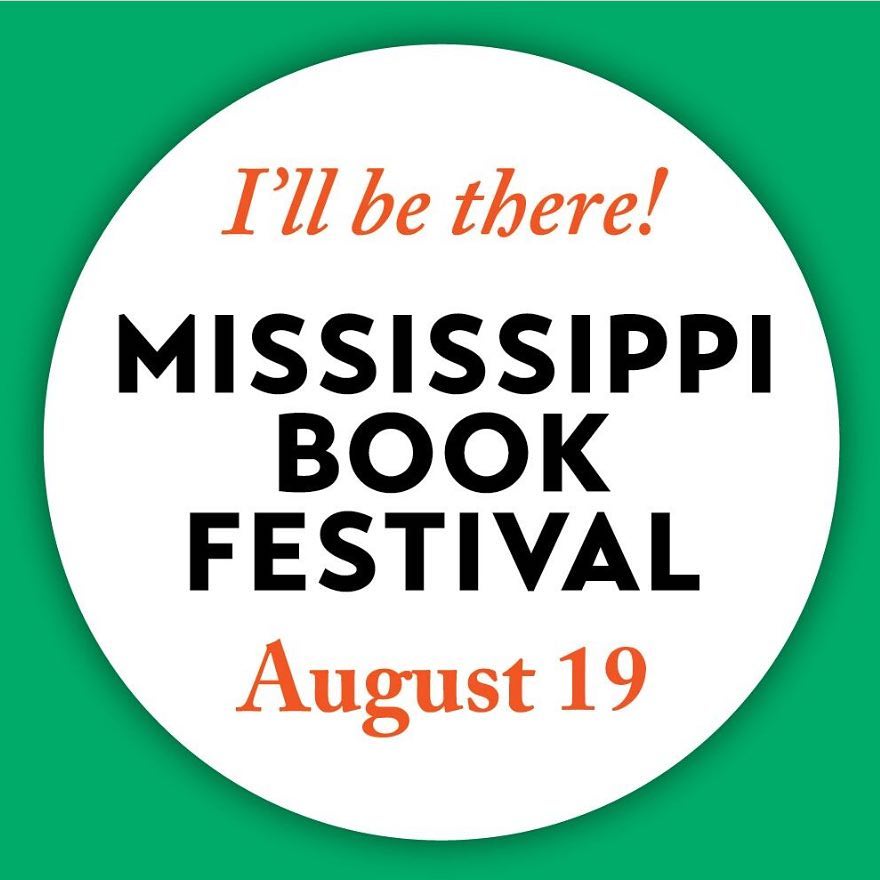
 In August of 2015, I met Angie when she had just signed with her agent. She was excited, hopeful, but also nervous. She didn’t know how a book influenced by Black Lives Matter would work for a YA story. Over a year later,
In August of 2015, I met Angie when she had just signed with her agent. She was excited, hopeful, but also nervous. She didn’t know how a book influenced by Black Lives Matter would work for a YA story. Over a year later, 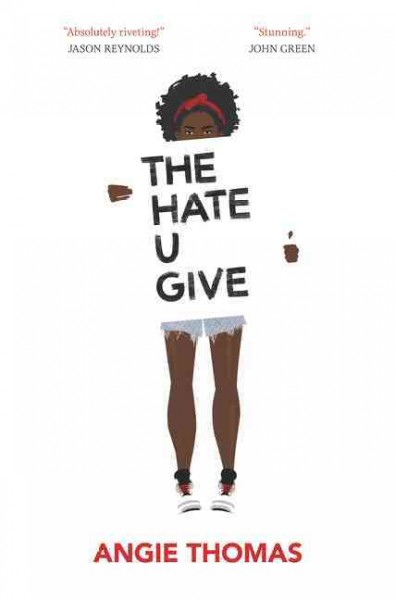 I was born, raised, and still reside in Jackson, Mississippi. I’ve told stories for as long as I can remember—I used to write Mickey Mouse fanfiction when I was six. But I never thought that I could be an author until I was in college, studying creative writing. I actually wrote the short story that became The Hate U Givewhile I was in my senior year. It took me a few years after college, though, to decide to make it a novel. Even after I wrote it, I was afraid that the topic may not be appropriate for YA. So when a literary agency held a question and answer session on Twitter, I asked if the topic was appropriate. An agent not only responded and said yes, he asked to see my manuscript. A few months later, I signed with him, and a few months after that we were in a 13-publishing house auction.
I was born, raised, and still reside in Jackson, Mississippi. I’ve told stories for as long as I can remember—I used to write Mickey Mouse fanfiction when I was six. But I never thought that I could be an author until I was in college, studying creative writing. I actually wrote the short story that became The Hate U Givewhile I was in my senior year. It took me a few years after college, though, to decide to make it a novel. Even after I wrote it, I was afraid that the topic may not be appropriate for YA. So when a literary agency held a question and answer session on Twitter, I asked if the topic was appropriate. An agent not only responded and said yes, he asked to see my manuscript. A few months later, I signed with him, and a few months after that we were in a 13-publishing house auction.